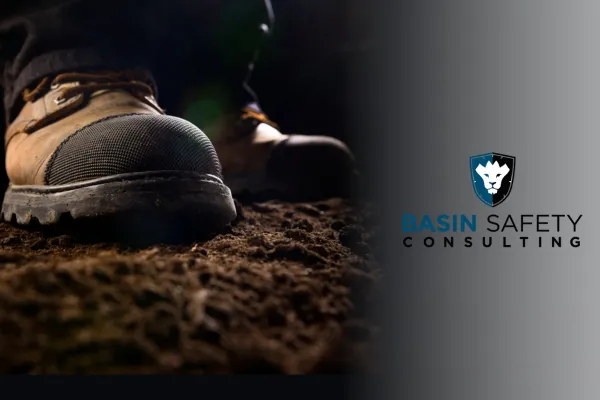
Smart Boots: Detecting Slips & Trips in Real Time
Discover how smart boots and wearable sensors detect slips, trips, and falls in real time enhancing worker safety and OSHA compliance on site.
Smart Boots: Wearables That Detect Slips & Trips
Introduction
Every step on a job site carries risk especially in high-hazard environments like construction, oil and gas, or manufacturing. Slips, trips, and falls remain among the leading causes of workplace injuries, yet technology is stepping up to change that.
Enter smart boots advanced wearables that monitor movement, detect hazards, and alert workers before accidents happen. These boots are redefining how companies approach fall prevention and OSHA compliance.
What Are Smart Safety Boots?
Smart boots are equipped with wearable sensors, accelerometers, and gyroscopes that track worker motion and environmental conditions in real time.
They’re designed to:
Detect abnormal movements like slips or stumbles
Send instant alerts to workers or supervisors
Record safety data for analysis and prevention
Integrate with real-time monitoring systems for compliance tracking
By turning footwear into a safety monitoring tool, companies can reduce risk and respond faster to incidents.
How Smart Boots Enhance Workplace Safety
1. Early Hazard Detection
Smart boots can sense when a worker loses balance or enters a slippery zone, helping prevent a minor slip from becoming a major injury.
2. Data-Driven Prevention
These devices collect valuable data about when and where slip risks occur allowing safety teams to identify high-risk areas and implement targeted interventions.
3. Real-Time Alerts
If a fall or unsafe movement is detected, the system sends an instant notification to supervisors via mobile or wearable dashboards.
4. OSHA Compliance Support
By integrating smart boots into your fall-protection program, companies can easily document incident data, demonstrating proactive OSHA compliance.
Key Features to Look for in Smart Boots
When choosing smart safety footwear, prioritize features that align with your operational environment:
Slip detection sensors and vibration feedback
GPS tracking for lone worker safety
Bluetooth or Wi-Fi connectivity for data transmission
Battery efficiency for long work shifts
Durability for tough industrial conditions
Smart boots can also sync with other safety wearables such as helmets, vests, and monitoring apps — creating a complete ecosystem of connected protection.
Real-World Applications
Industries leading the adoption of smart boots include:
Construction – Detecting slips on scaffolds or wet surfaces
Oil & Gas – Monitoring stability around rigs and uneven terrain
Manufacturing – Preventing injuries in areas with frequent spills
Logistics & Warehousing – Tracking fatigue and fall incidents
These wearables offer measurable ROI by lowering incident rates, reducing worker downtime, and strengthening safety accountability.
The Future of Smart Safety Footwear
As AI and IoT technologies evolve, smart boots are expected to deliver predictive analytics — identifying hazards before they occur. Future models may even include pressure sensors to monitor fatigue or gait changes that indicate potential injury risks.
By connecting data from boots, helmets, and smartwatches, companies will soon have a 360° view of on-site safety.
Step Into the Future of Safety
Smart boots go beyond protection they predict and prevent incidents in real time. For safety professionals, adopting wearable technology means stronger compliance, fewer injuries, and a workforce that feels safer and supported.
By taking this step, your organization can stay ahead of OSHA standards and demonstrate leadership in safety innovation.
Ready to upgrade your safety program with cutting-edge wearables?
👉 Contact Basin Safety to learn how smart safety solutions and training can help your team reduce incidents and maintain OSHA compliance.
